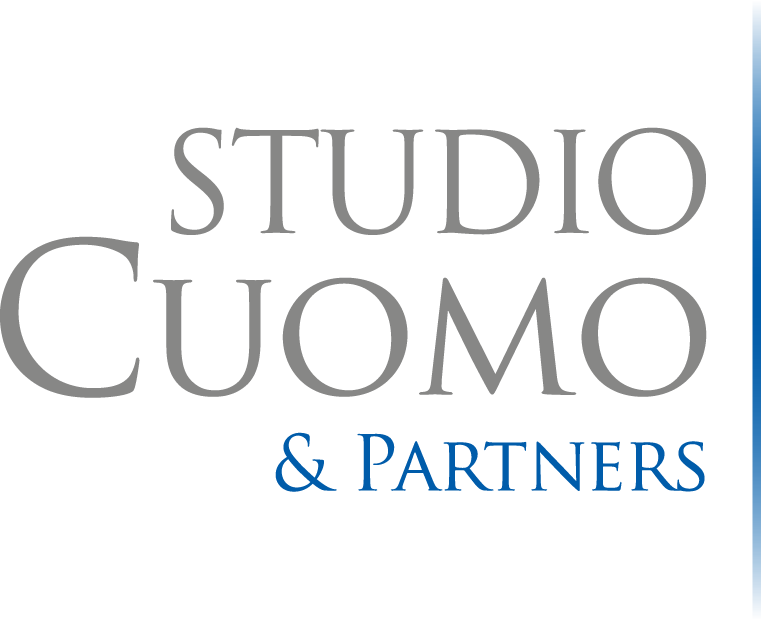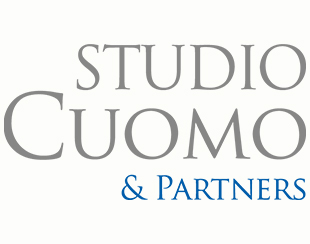
26 Oct employer's responsibility
The identification of the scope of the employer's liability in the context of collective bodies traditionally represents an important test of the fundamental principles of criminal law. In fact, two opposing needs confront each other in the field. On the one hand there is that of identifying, even in the context of complex organizations, centers of attribution of responsibility, including penalties, to which to entrust the protection of legal assets - such as life, physical integrity and public safety - considered worthy of particular protection1 . In this perspective, therefore, the legislator identifies specific "guarantors" - employer, manager, responsible - due to their (presumed) ability to dominate, neutralizing them, the risk factors potentially capable of endangering the assets in question, dangers that, on the other hand, find their source in entrepreneurial activity. Complex social structures therefore represent «the traditional field of experimentation of specific crimes and, more specifically, of that specific category of crimes in which the subjective qualifications express the peculiar position of duty attributed by the extracriminal source to the subject to whom they refer due to his proximity to the good, situation which gives him a more marked attitude towards offense e, Together, to the defense of the good itself.
The delegation of functions, figure, as it is known, initially the result of jurisprudential elaboration, was elevated to the rank of regulatory institute by art. 16 del d.lgs. n. 81 of the 2008 (EXAMPLE), where their form is identified, eligibility conditions and limits. However, this recognition has not quelled the debate regarding the ability of the instrument of delegation to ensure truly personal attribution. The issue came to the fore in particular with respect to the so-called functions. not delegable: the reference is to the art. 16, co. 3, EXAMPLE, which contemplates the residual obligation to supervise the delegate, as well as art. 17 of the same TUSL which places the risk assessment at the sole responsibility of the employer, with the consequent elaboration of the relevant descriptive document (c.d. DVR), and the designation of the person responsible for the risk prevention and protection service (RSPP). Except for the appointment of the RSPP, these are obviously extremely delicate tasks and, moreover, characterized by wide discretion and significant margins for evaluation, elements that make the danger of rigorous jurisprudential interpretations particularly accentuated with the risk of nullifying the effectiveness of the delegation instrument. On the subject of setting up the DVR, eg, jurisprudence tends to evaluate in a markedly ex post perspective any shortcomings of the document or of the procedures that refer to it e, mostly, is inclined to burden the employer with a risk analysis and assessment capacity that is more properly referable to the technical consultants it normally uses for this purpose 11; similarly, regarding the obligation of supervision, in application practice it is frequent to assign to the employer very broad and penetrating control tasks which extend, as it is known, up to and including the prevention of negligent or imprudent behavior by the worker. The employer is usually identified as the entrepreneur who represents the main center of attribution of responsibilities in matters of safety at work. AND, indeed, to the entrepreneur, in line with the constraints set by the art. 41 Cost. to freedom of economic initiative, that the art. 2087 c.c. entrusts the protection of the physical integrity and moral personality of workers, on the assumption that, pursuant to art. 2086 e 2094 c.c., he has the managerial power over the activities of subordinates and therefore, ultimately, the task and the concrete possibility of dominating the sources of danger by imposing one's own decisions and making the necessary investments in accident prevention devices. However, it is known that this original approach has undergone significant evolutions due to the complexity and dimensions of modern production processes in which the decentralization of activities progressively surpasses the strictly executive logic to implement a dislocation of powers. In such contexts, therefore, the traditional figure of the entrepreneur is fragmented into a plurality of decision-making centers in relation to which the corporate top management exercises, as a rule, only a power of strategic direction and coordination. In these scenarios «a monopoly of the guarantee would not only be incompatible with the personality of criminal responsibility, but also operationally you learn about the need for protection"20 given the distance - often very significant - that separates the victim from the agent21 . The identification of the subjects to whom responsibility can be attributed, including penalties, regarding the management of safety at work is therefore presented in substantially different terms compared to the traditional theme of the delegation of functions, with which it only has the basic need in common, that is, that of isolating real and not just formal centers of attribution. In these contexts we talk about so-called safety management models. multi-employer, that is, in which a plurality of employers coexist and, therefore, original guarantors, as they are responsible for distinct production units. The legislative decree. n. 81 of the 2008 expressly takes these realities into consideration in the art. 2, became. t), defining the production unit as «establishment or structure aimed at the production of goods or the provision of services, equipped with financial and technical-functional autonomy"25. More specific indications can be found in the labor legislation also following the labor reform implemented by the Legislative Decree. n. 148 of the 2015 in implementation of the law. n. 78 of the 2014 (c.d. Jobs act) which he valorised for the first time, albeit in the narrow perspective of salary integration treatments, the production units. INPS, in secondary legislation, he then specified the difference between operational units, or the place where the work activity of one or more employees is permanently carried out or the company production section having homogeneous characteristics, and the actual production unit, identified in the establishment or structure aimed at the production of goods or the provision of services that has the following requirements: is equipped with financial or technical functional autonomy; is suitable for carrying out the entire production cycle or a complete phase thereof; has workers employed on a continuous basis. In line with this clear indication, the legitimacy jurisprudence has on several occasions reiterated the need to proceed with an effective identification of the different guarantee positions within articulated and complex corporate structures, avoiding charges based on objective responsibilities linked to the mere position held and proceeding, vice versa, in ossequio all’art. 27 Cost., to the timely identification of the actual risk managers. The principle was authoritatively established first by the United Sections in the Thyssen case, where it was highlighted that it is essential «an accurate analysis of the different spheres of managerial and organizational competence within each institution. So, On the one hand, the legal categories are relevant, agent models, on the other, the concrete roles played by each. It deals with, in short, of an essential reconnaissance for an accusation that wants to be personalized, in accordance with the supreme principles that govern the penal system; to avoid indiscriminate, almost automatic attribution of the offense to different subjects. The fundamental guarantee function that the legislator attributes in any case, also in terms of workplace safety, to the entrepreneur and the observation that, especially in large institutions, the decentralization of functions (also) decision-making represents a functional need for the pursuit of a multiplicity of interests, now requiring us to ask ourselves about the role and possible responsibilities that, also in criminal matters, remain at the top of the company46 . The primary source of these guarantee positions is to be found in the same art. 2, became. b), TUSL that, as mentioned, contemplate the possibility that, within the company, a plurality of original "employers" coexist whose areas of responsibility must be distinguished on the basis of the specific risk profile for which each of them is responsible for managing based on the company organization.


